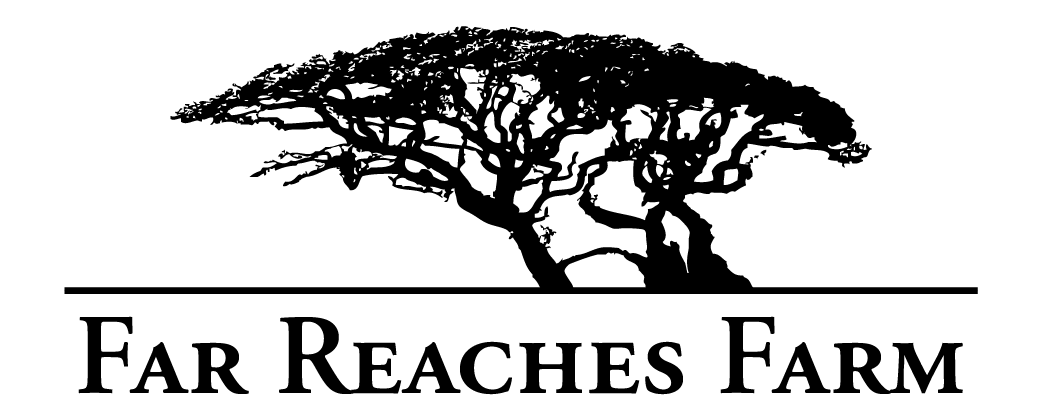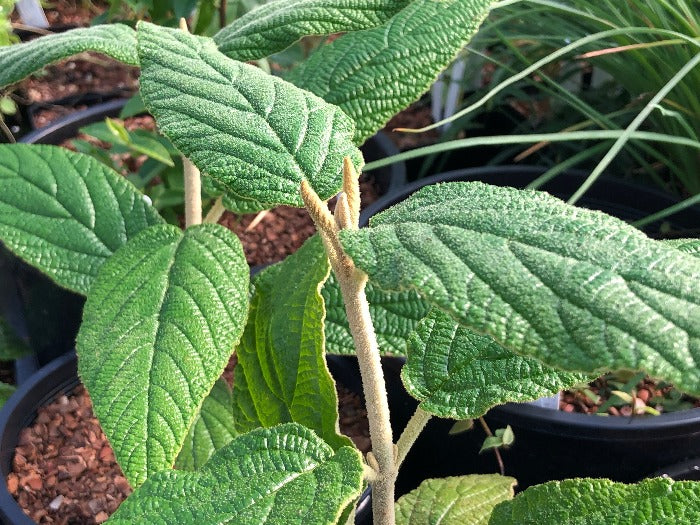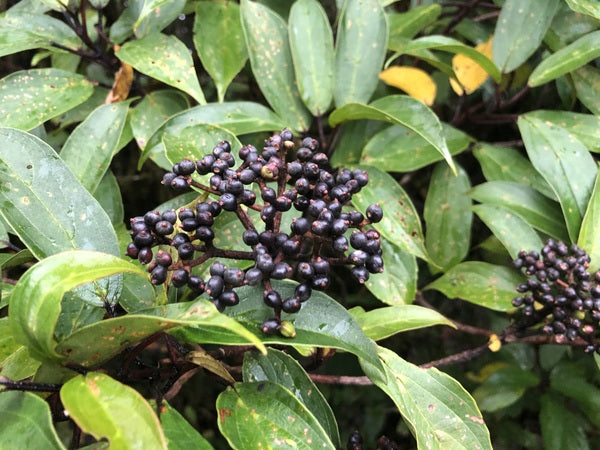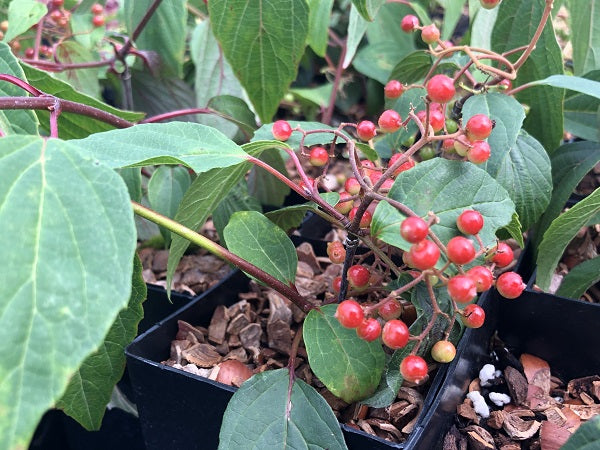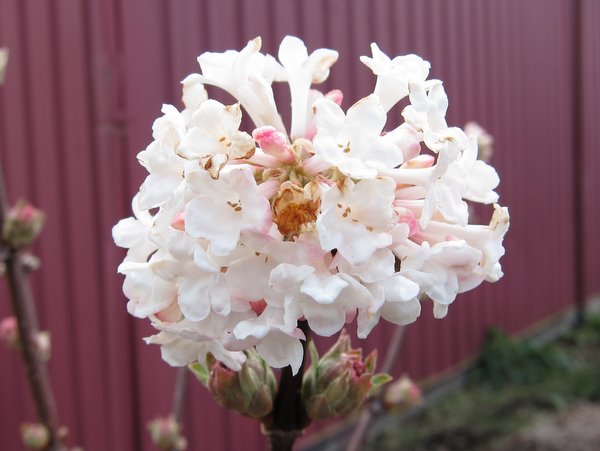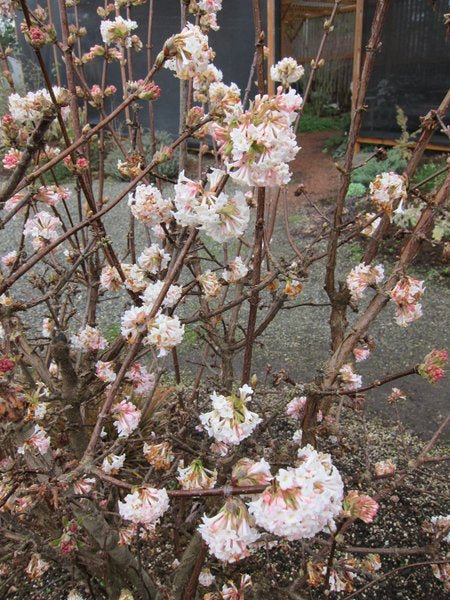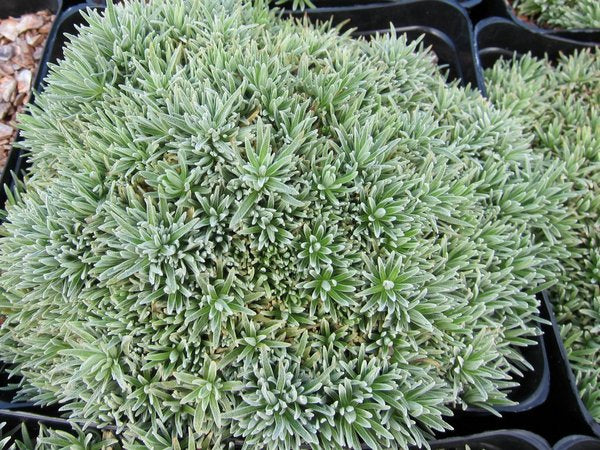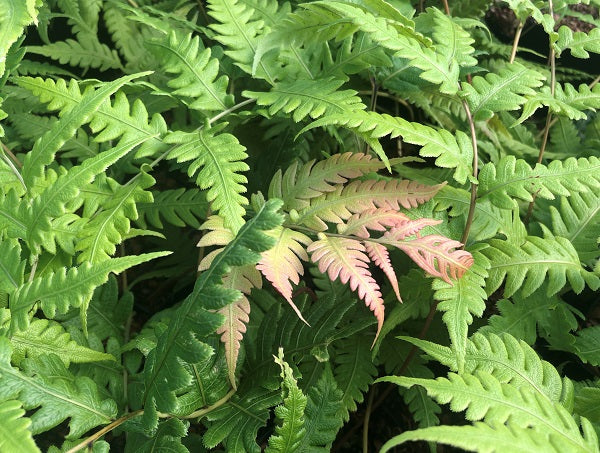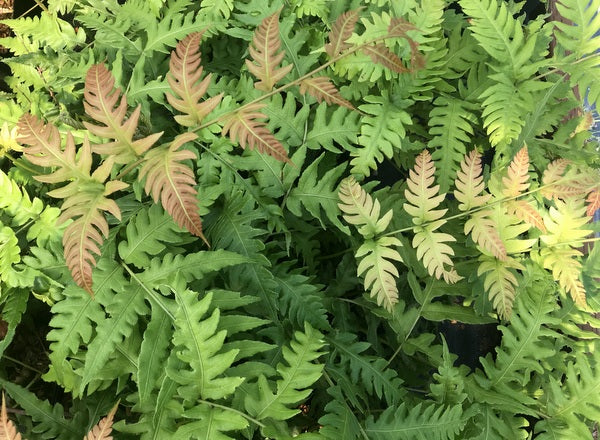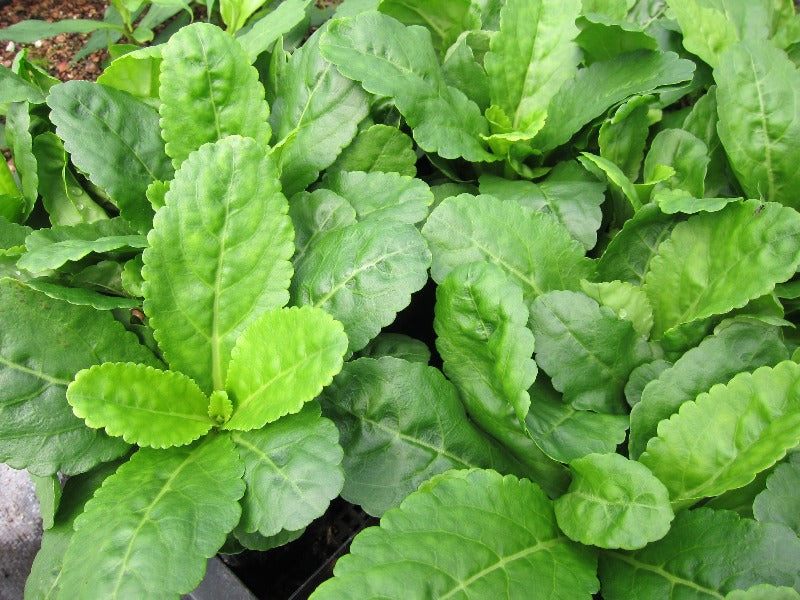Sort by:
1775 products
1775 products
Native to Chile, this is in the Solanaceae and will become a 4'-6' evergreen shrub with drooping and narrowly tubular yellow flowers with long exserted stamens. The foliage is a bit unpleasant when crushed - and only then - which makes us think it will be deer proof. Has proved hardy outside in our PT frost pocket for a good decade now, may get cut back by the fiercest winters but bounds back quickly. Good for a sunny position and was given the Award of Garden Merit by the Royal Horticultural Society.
There are a lot of bogus Charles Lamont being offered by very reputable nurseries which are pink. These are wrong. Charles Lamont is white, pinkish in bud. Ours came from a very uppity and serious English nursery in the mid 80's with the grave pronouncement that this was the genuine Charles Lamont. Being younger and a simple Yank, I'm sure I replied with an enthusiatic "Dude! This is righteous!" I remember not being shown any other special plants that resided behind the rope. These are small but very sturdy plants which will take off for you.
This natural hybrid of one of the classic South African bulb genera is endemic to Cape Province, and you'd be hard pressed to find it much further than that native range even in cultivation, luckily we have excellent connections like Michael Wickenden who generously shared it with us. Bladelike foliage, while nice, is unlikely to wow. The flowers however can grow in great spikes of up to 6 1/2 ft tall! Individual florets can come in red or pink and look rather similar to a more trumpeted Hesperantha, corollas flaring out to a star shaped opening. Prefers a Mediterranean climate and very well draining soil, can be pot-grown in a similarly draining mixture for those not living the riviera lifestyle. *THIS DESCRIPTION REFERS TO WATSONIA X LONGIFOLIA AND IS YET TO BE UPDATED TO CONCUR WITH ITS PROPER ID*
Crazy fern that takes away the need to fuss of growing this from spore, as it makes a multitudinous panoply of ready-to-go plantlets on the leaves that will soon have you owning the corner in your 'hood dealing in fern babies. Remember, if it's a kid, the first one is free. Warmer gardens or indoors, mulch protect in zone 8 winters.This is often seen as W. orientalis in the trade but the pterido-prophets say the signs point to prolifer.
